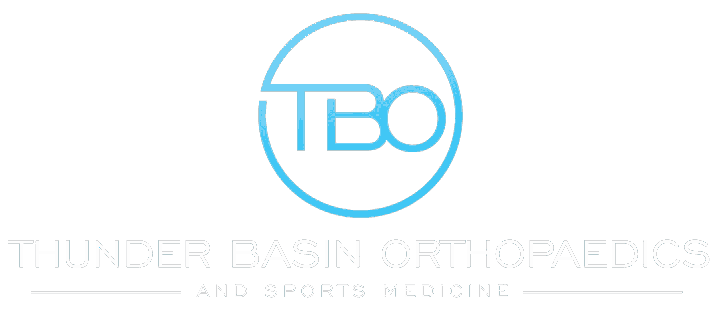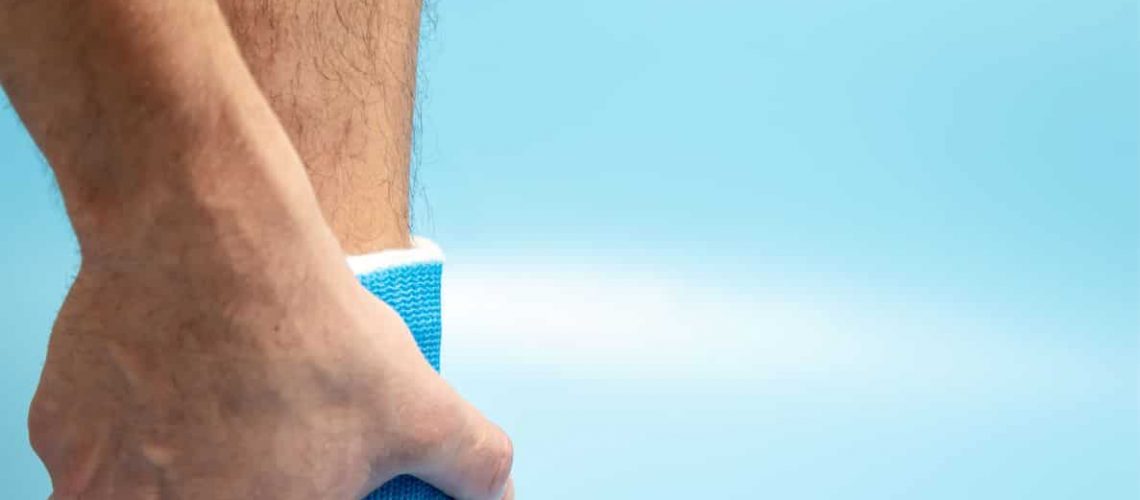A broken bone is painful and challenging to manage, no matter what age. The cumbersome cast, inability to use the limb to help the healing process, and various doctor visits can take a toll on a person.
The news of a fracture that won’t heal isn’t something someone wants to hear. Even if someone takes all the proper steps and does everything the doctor tells them, the bones may not fuse.
You may be wondering:
- What is a non-healing fracture?
- What causes a fracture not to heal?
- Are there surgical options, or can non-healing bones heal without an invasive procedure?
We have gathered information about non-healing fractures. We’ll discuss the things that determine non-healing fractures, their causes, and what can be done about non-healing fractures.
Contents
What Determines a Non-Healing Fracture?
A non-healing fracture, referred to as a nonunion, happens when broken bones don’t grow back together. Usually, the bone rebuilding process begins immediately after the bones have been realigned and stabilized, also called setting the bone.
However, if the bone tissue doesn’t form, a doctor will do these tests to determine what may be causing the bones not to heal.
Test #1: X-Rays
X-rays will reveal if there is space between the bones. If there is space between the broken bone, then the bone tissue has nothing to grow against, which could be the root cause of the nonunion.
Test #2: CT Scan
The two- and three- dimensional image scan of the body can show if the bone has fragmented in such small pieces, they need better stabilization or surgical intervention to place them together for the healing process to begin.
Test #3: MRI Scan
This scan is used to create images of soft tissue, including the tissues created by a bone that is healing, using magnetic fields and radio waves. A doctor will order this scan if they suspect an infection has developed near the healing bone by revealing inflammation caused by infected tissue.
Test #4: Blood Tests
A doctor will ask for blood tests to determine if there is a suspected infection or a nutrient deficiency that could contribute to the nonunion.
A doctor can use all four of these tests to determine many factors that can be why a broken bone does not heal and put the patient on a proper path to heal their nonunion.
What Causes a Non-Healing Fracture?
A broken bone needs several things to heal properly. Many people know about the most common needs a fracture has to have — stabilization, which is achieved by having a cast or surgical implants such as a plate in the most severe cases.
However, there are many reasons why a broken bone may not heal appropriately outside of stabilization.
Reason #1: Poor Circulation
If there is a limited blood supply, then a nonunion is more likely to happen. Some places on the body have excellent blood supply while others don’t. The blood supply can also be affected by an injury that caused the broken bones by either decreasing the blood supply or destroying it entirely.
A person with diabetes also has a high risk of nonunions. Diabetes can destroy blood vessels and limit blood supply to appendages.
Reason #2: Poor Nutrition
Severe anemia, low vitamin D, hypothyroidism, and general malnutrition are essential factors in the healing of bones. When the human body doesn’t have the proper minerals needed to run correctly, it can slow down and even stall the healing process for broken bones.
Reason #3: Old Age
When a person ages, the body starts to need more to function. Unfortunately, several older adults don’t have the proper nutrition to support an injury. A few medical conditions acquired by simple aging will work against them in the bone growth process.
Reason #4: Nicotine Use
Nicotine use in all forms will inhibit the growth of bone tissue. This not only includes smoking cigarettes but also chewing tobacco, nicotine gum, and nicotine patches.
Reason #5: Infection
As stated above, an infection can delay or stop bone tissue growth. The body will put off healing the bone to heal the infection instead.
Reason #6: Severity of Injury
An open fracture, compound fracture, or complicated break in the bone can be the reason why a bone won’t heal. The more serious the injury, the more time it will take to recover or more intervention to start the healing process.
What Can Be Done For a Non-Healing Fracture?
When the doctor determines the broken bone isn’t healing, they will give the patient two options to choose from:
Option #1: Non-Surgical
Some nonunions can be encouraged to heal without having to do an invasive procedure. This is most commonly done with a bone stimulator. The device is placed over the fracture area and delivers ultrasonic or pulsed electromagnetic waves that stimulate healing. It can be done from 20 minutes to several hours every day. This treatment has to be used every day to be effective.
Option #2: Surgical
If non-surgical treatments don’t work, surgery is the next option. There may be more than one surgery to fix a nonunion, including bone grafts, internal fixations like plates, screws, nails, or external fixations made of pins and wires to stabilize the area around the non-healing fracture.
Let the Professionals at Thunder Basin Orthopaedics Help!
A non-healing fracture can cause many problems to other areas of your health if left untreated. You need to take steps to encourage the healing process and put yourself back on the way to living your everyday life.
With offices conveniently located in Douglas and Gillette, the Thunder Basin Orthopaedics team is ready to help you get back in the game. At Thunder Basin Orthopaedics and Sports Medicine, our surgeons are well-experienced and specialize in treating various orthopaedic injuries, including sports injuries.
The earlier you diagnose the problem, the sooner you can begin the recovery process. If an injury is holding you back, request an appointment with Thunder Basin Orthopaedics.
Our expert staff and experienced surgeons offer the best possible treatment and utmost care to each individual. Make an appointment or contact Thunder Basin Orthopaedics today!


